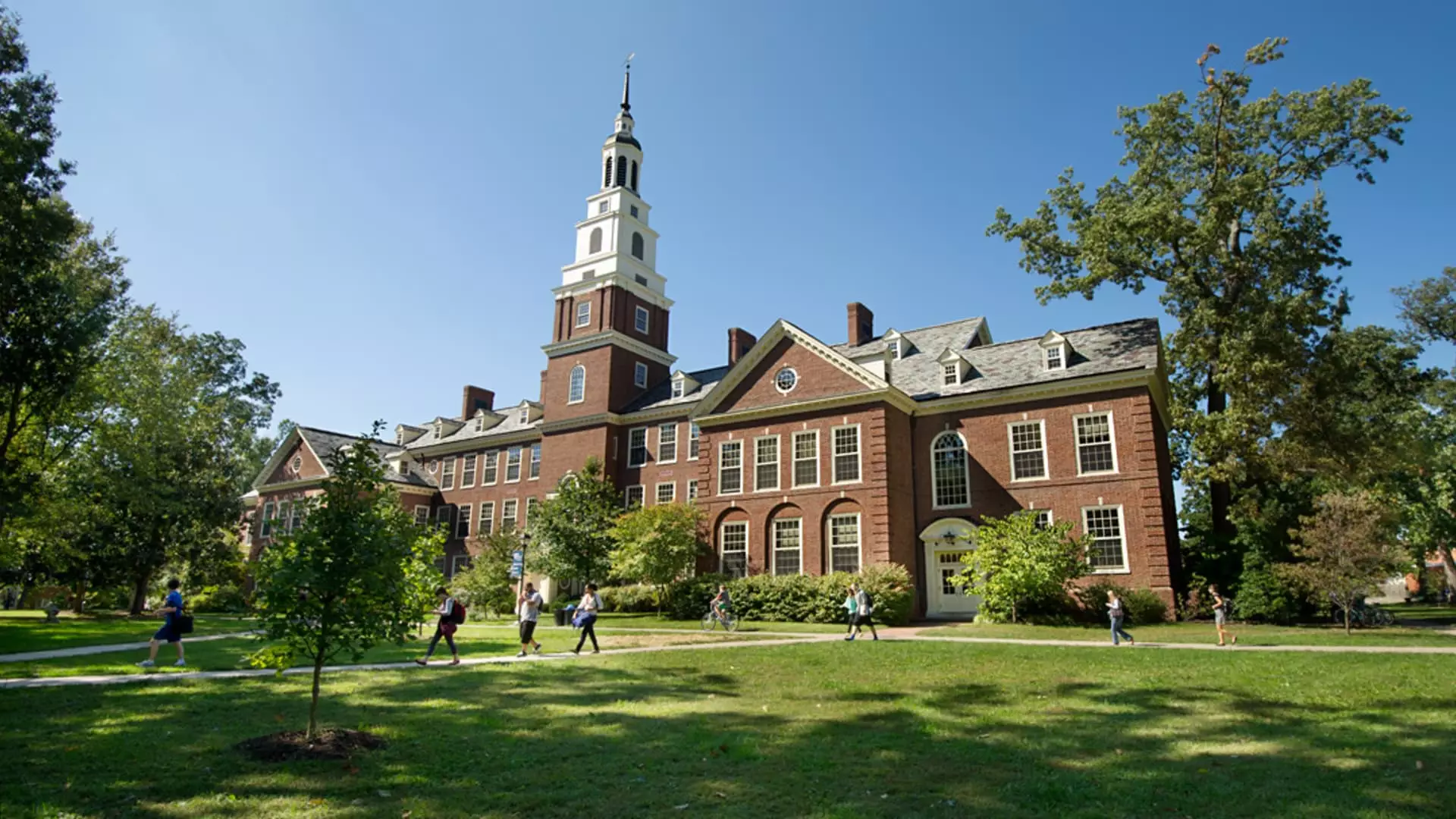In recent years, the narrative of free college has gained momentum on the political and social stages, offering a glimmer of hope amid escalating tuition prices. While the allure of completely free tuition at select institutions appears to be a progressive solution to affordability woes, a stark reality lurks beneath the surface. These so-called “free” schools often demand an extraordinary level of commitment—be it academic rigor, service, or work obligations—that can be just as overwhelming as the financial burden they aim to eliminate. The idea of free college is a seductive tale that cloaks a complex web of sacrifices and expectations, confounding the simplistic notion that education can or should be handed out without strings attached.
The Cost of Appearing Generous
For many, the prospect of a tuition-free education at reputed colleges appears to be a lucrative deal—forgoing student debt and unlocking future opportunities without the common financial anxiety. However, these institutions are not just philanthropic ventures; they are carefully curated environments that maintain high standards and impose rigid entry requirements. Admission to these schools often filters out students who might not meet their strict academic or personal criteria, effectively creating a selective cadre of students who are already predisposed to succeed under intense pressure. The generous label conceals the fact that these colleges are hardly accessible to the average student, perpetuating the myth that “free” means universally affordable or attainable.
The Hidden Demands Behind the “Free” Offer
Most schools offering free tuition position themselves as institutions committed to social justice, but they often require more than just academic excellence. Berea College in Kentucky, for instance, provides laptops, internship stipends, and professional clothing, but demands that students commit to rigorous work hours. Similarly, the College of the Ozarks, dubbed “Hard Work U,” mandates that students spend hours working in addition to their studies, blending labor with education to maintain their free-tuition model. These institutions blur the line between charity and coercion, positioning hard labor as part of the pathway to a debt-free degree. This can be enriching for some but burdensome and exclusionary for others, especially those who cannot afford the time or physical stamina needed to fulfill such demands.
The Service-Driven Tradeoff — A Different Kind of Debt
Military academies offer perhaps the most glaring example of a “free” education that comes with substantial commitments. Students at West Point, the Naval Academy, and the Air Force Academy receive comprehensive scholarships, but in exchange, they pledge several years of active service. This is not a typical student-loan arrangement; it is a conditional exchange: education for obligation. While many see these programs as prestigious opportunities, they also entangle young adults in the military-industrial complex, often stripping away personal choice in favor of national duty. This contractual relationship is morally complex, offsetting the monetary benefits with a significant personal and professional sacrifice—a tradeoff that not everyone is willing or able to make.
Reassessing the Free College Ideal in a Center-Left Context
From a social justice perspective, offering free education at selective, rigorous institutions is an admirable goal, but it must be carefully balanced against realism. Center-wing liberalism advocates for accessible higher education but recognizes that true affordability cannot be achieved through superficial fixes or token programs. It demands structural reforms: expanding community colleges, increasing public funding, and investing in diverse pathways to success that do not threaten students with a new form of obligation or hardship. The current model, which often involves stringent admission criteria and harsh commitments, risks creating an education system that is neither truly equitable nor sustainable.
Beyond the Hype: Focusing on Genuine Accessibility
The fact remains that the “free” models outlined here are not scalable solutions for a nation struggling with skyrocketing student debt and widening inequality. Those institutions do serve a vital role—they provide opportunities for deserving students and demonstrate that alternative models are possible. However, cascading these examples into a blanket policy for nationwide free college without addressing the underlying economic and social disparities is naive. For most students, genuine affordability involves systemic change: lowering costs at the community level, offering more comprehensive financial aid, and decoupling higher education from service obligations that are often beyond the means or desires of many young Americans.
The pursuit of truly equitable higher education should involve rethinking what “free” means, not as a hollow promise but as a commitment to removing barriers—financial, social, and academic—that prevent the talented from reaching their potential. Institutions and policymakers must be honest about the tradeoffs involved and develop paths that prioritize student well-being and autonomy over ideological commitments or fiscal gimmicks.

